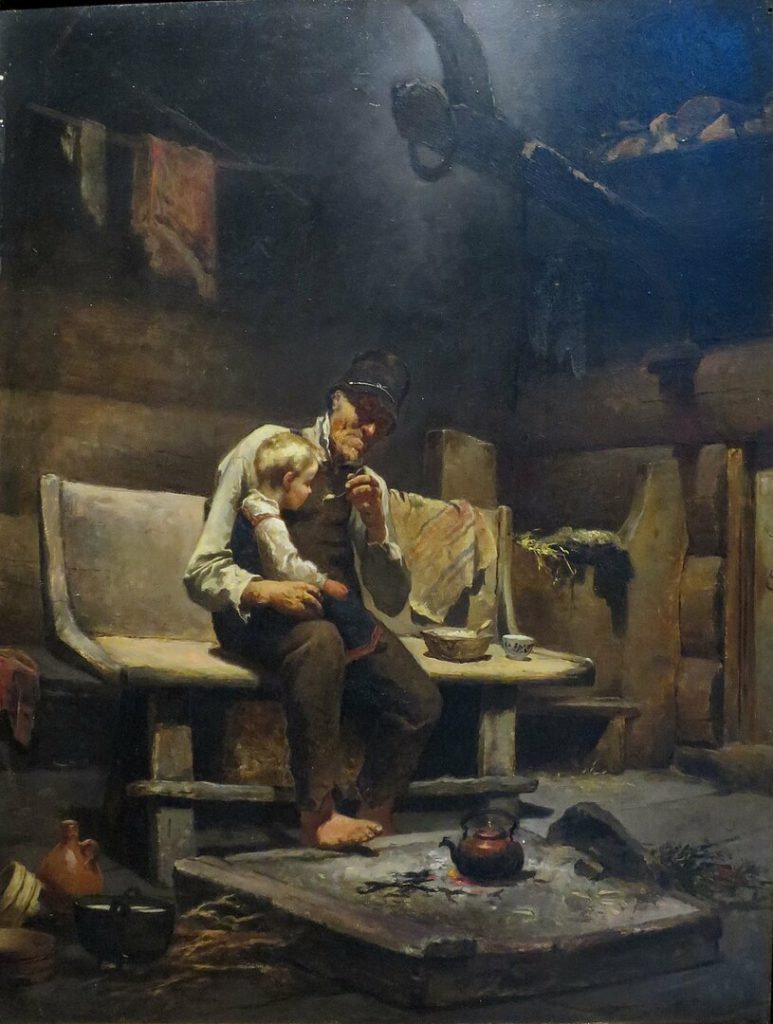
Axel Ender, a distinguished Norwegian artist, was born on March 22, 1853, in Oslo, Norway. His career spanned the late 19th and early 20th centuries, and he emerged as a leading figure in the Norwegian art scene. Renowned for his contributions to portraiture, landscape painting, and mural decoration, Ender’s work reflected the cultural and artistic currents of his time.
Ender’s early life was marked by a familial connection to the arts. His father, the sculptor and painter Eilif Peterssen, provided a nurturing environment for Axel’s artistic inclinations. Under his father’s guidance, Ender began his formal art education at the Norwegian National Academy of Craft and Art Industry in Oslo. His academic pursuits laid the foundation for his future artistic endeavors.
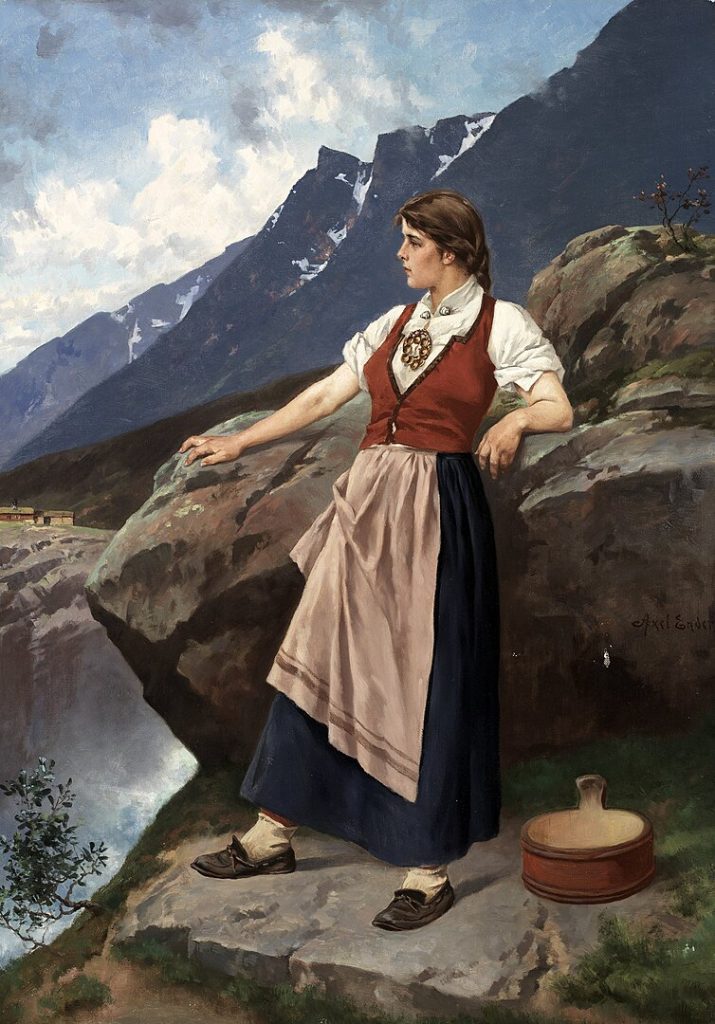
In 1876, Ender embarked on a journey to Munich, a renowned center for artistic training in Europe. There, he enrolled at the Royal Academy of Fine Arts, immersing himself in the vibrant artistic community of the German city. Munich’s cultural milieu exposed Ender to a diverse range of artistic influences, contributing to the development of his individual style.
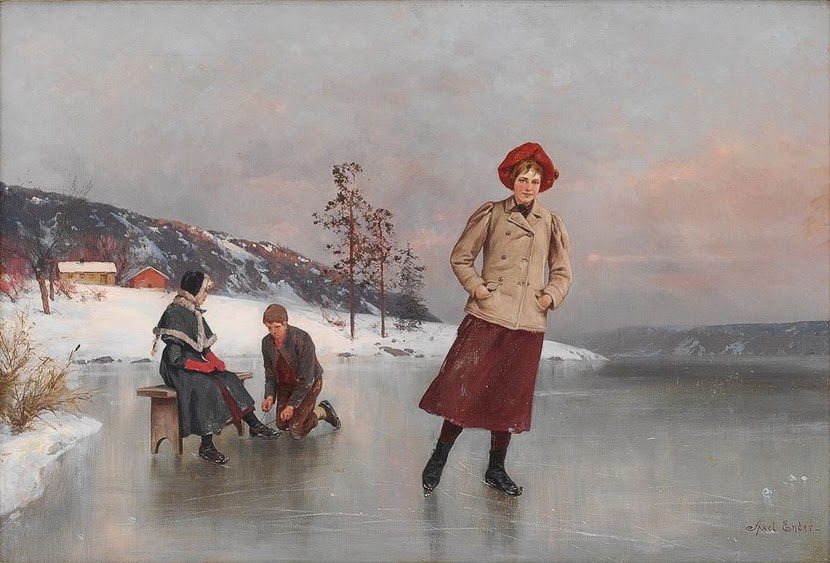
The artistic atmosphere in Munich was conducive to experimentation, and Ender embraced various genres, including portraiture, genre painting, and landscape art. His early works displayed a penchant for realism, capturing the nuances of everyday life with a keen eye for detail. Ender’s ability to infuse his paintings with an emotional depth and a sense of intimacy set the stage for his future success.
Painting Pretty Portraits
Portraiture became a central focus in Ender’s career, and he gained recognition for his skill in capturing the personalities and nuances of his subjects. His portraits, characterized by a sense of psychological insight and refined technique, attracted patrons from various segments of Norwegian society. Ender’s ability to evoke the inner essence of his subjects contributed to the enduring appeal of his portraiture.
One of Ender’s notable achievements during his Munich years was winning the prestigious Neuhausens Prize in 1881. This recognition marked a turning point in his career, providing him with increased visibility and affirming his status as a promising artist. The prize also brought financial stability, allowing Ender to dedicate himself more fully to his artistic pursuits.
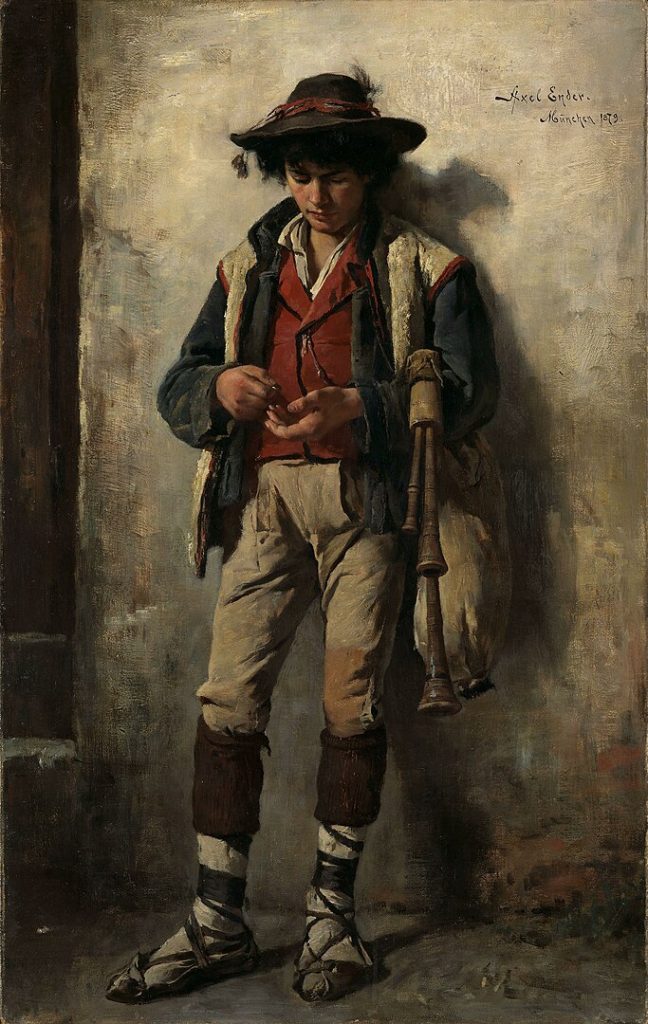
In 1883, Ender returned to Norway, bringing with him the influences of Munich’s artistic environment. The Norwegian art scene was undergoing a transformation during this period, with a growing emphasis on national identity and cultural expression. Ender, along with other Norwegian artists of his generation, contributed to this cultural renaissance by incorporating elements of national identity into their works.
Ender’s landscape paintings, characterized by their evocative depictions of the Norwegian countryside, played a significant role in this cultural revival. He sought inspiration from the breathtaking landscapes of Norway, capturing the play of light on fjords, mountains, and meadows. His ability to convey the sublime beauty of the Norwegian natural environment resonated with audiences and cemented his reputation as a leading landscape artist.
The artist’s involvement in mural decoration further underscored his commitment to contributing to the cultural and artistic fabric of Norway. Ender’s notable mural works adorned public spaces, including government buildings and institutions. His murals often drew inspiration from Norse mythology and historical narratives, embodying a sense of national pride and identity.
Ender’s murals in the University Aula in Oslo, completed between 1911 and 1916, stand as a testament to his mastery of large-scale decorative art. The murals, depicting scenes from Norse mythology and Norwegian history, transformed the Aula into a cultural and artistic landmark. Ender’s ability to weave together historical narratives with aesthetic beauty contributed to the enduring significance of these monumental works.
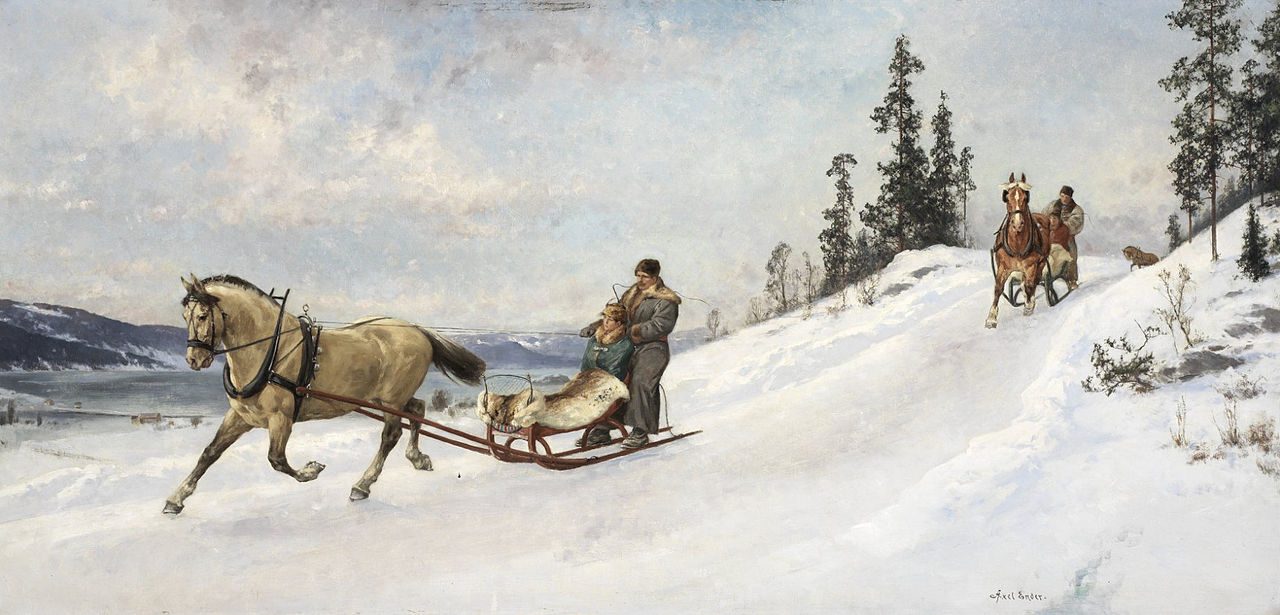
Throughout his career, Ender remained connected to the evolving currents of European art. He engaged with the Symbolist movement, which sought to convey emotional and spiritual dimensions through art. Ender’s exploration of Symbolism added a poetic quality to his works, enriching his artistic vocabulary and resonating with the broader European art scene of the time.
Socially Active
As a prominent figure in the Norwegian art community, Ender was actively involved in artistic and cultural organizations. He became a member of the Norwegian Artists’ Society and served as its president from 1912 to 1917. Ender’s commitment to fostering artistic camaraderie and providing support for fellow artists contributed to the cohesion of the Norwegian art scene.
Axel Ender’s legacy extends beyond his artistic contributions to his impact on art education. He served as a professor at the Norwegian National Academy of Fine Arts, influencing the next generation of Norwegian artists. Ender’s dedication to teaching and mentorship left an indelible mark on the artistic landscape of Norway.
In his later years, Ender continued to paint and contribute to the cultural life of Norway. His work was celebrated in numerous exhibitions, and he received accolades for his enduring influence on Norwegian art. Axel Ender passed away on February 18, 1920, leaving behind a body of work that encapsulated the spirit of Norwegian artistic expression during a pivotal period of cultural and artistic revival.
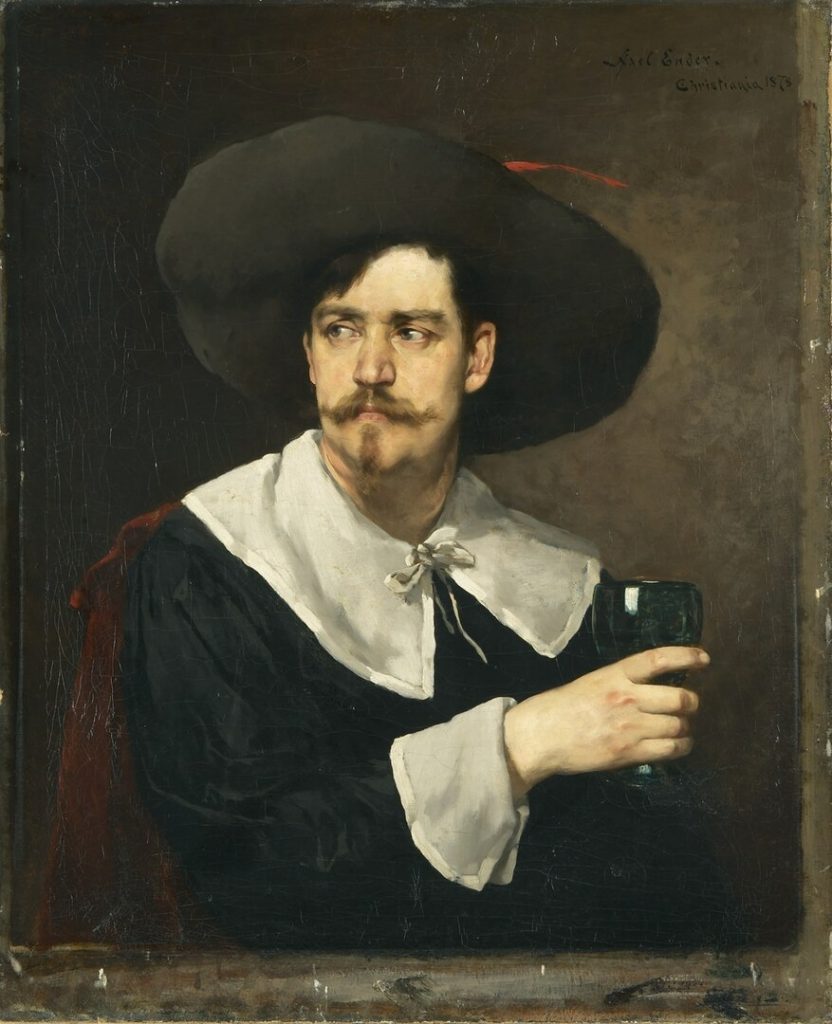
Axel Ender’s paintings, murals, and commitment to the cultural identity of Norway solidify his place as a key figure in the nation’s art history. His ability to capture the essence of his subjects, whether in portraiture or landscape painting, resonates with audiences, reflecting the emotional and cultural currents of the time. Ender’s enduring legacy lives on through the visual narratives he created, embodying the soul of Norwegian art in the late 19th and early 20th centuries.




